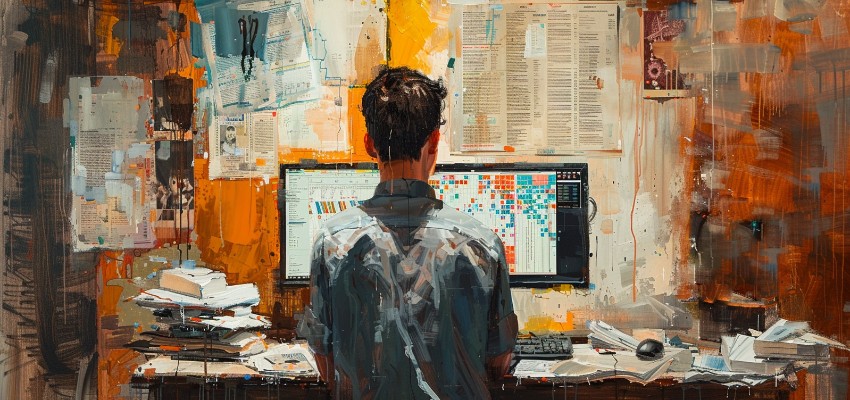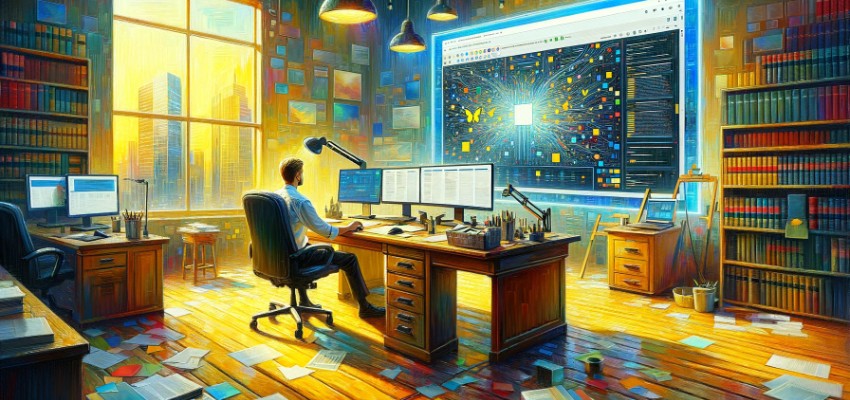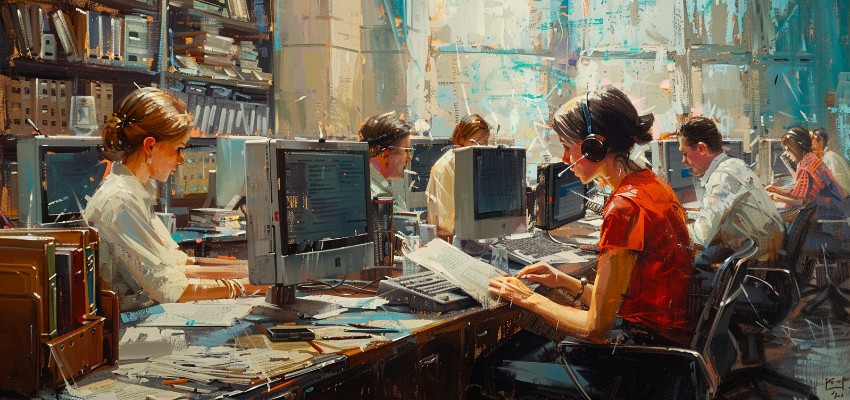In a significant legal battleground that is capturing the tech world’s attention, the rights of artists, authors, and creators are colliding with the frontier of generative artificial intelligence technologies. At the heart of the storm is a wave of litigation challenging how large language models (LLMs), employed by giants like Alphabet and OpenAI, are trained using vast amounts of data, including copyrighted content, without prior consent from its original creators. This burgeoning conflict highlights the broader implications of AI on intellectual property rights and the evolving landscape of digital content creation.
Among the notable cases is Andersen v. Stability AI Ltd., where artists argue that image-generating AIs used their work to train algorithms without their approval, claiming this constitutes copyright infringement. This case exemplifies the significant questions around the ownership and use of intellectual data in the age of AI. The legal arguments presented by the plaintiffs in this case underscore the growing unease among content creators who see their works potentially being exploited by advanced AI systems without adequate compensation or recognition.
The proposed Generative AI Copyright Disclosure Act of 2024 is also generating buzz, aiming to enforce transparency by requiring firms to disclose if copyrighted works were used in their AI training datasets. This act presents potential shifts in how companies approach the use of data and could landmark a new era of copyright enforcement aimed at tech companies. By mandating such disclosures, the act seeks to ensure that creators are aware of how their works are being utilized and can take appropriate legal action if necessary. This could lead to a more balanced ecosystem where the rights of creators are more rigorously protected against unauthorized use.
In response to these legal challenges, companies are advised to meticulously understand the capabilities and risks associated with AI technologies. As suggested by experts, creating clear policies and continuous monitoring of AI systems could mitigate the risks while protecting the rights of all parties involved. This proactive approach involves not only legal compliance but also ethical considerations in the deployment of AI technologies. Companies might need to invest in technologies that can track the provenance of the data used in training their models to avoid legal pitfalls.
Moreover, the ongoing legal discourse is prompting a reevaluation of current copyright laws and their applicability in the digital age. Traditional copyright frameworks were not designed with AI in mind, leading to ambiguities in how these laws should be applied to modern technologies. The outcome of these legal battles could set precedents that redefine intellectual property rights and obligations in the context of AI.
The various perspectives on this issue, from the specifics of ongoing lawsuits to potential future legislation and changes in company practices regarding AI usage, highlight the complexity and necessity for a nuanced understanding of both legal and technological aspects. The collision between AI technology and intellectual property rights is not just a legal issue but a cultural and ethical one that will influence how society values and protects creative works. As AI continues to evolve, the intersection of technology and intellectual property will remain a critical area of focus, shaping the future of digital innovation and creative expression. This ongoing dialogue between stakeholders—technologists, lawmakers, and content creators—will be pivotal in forging a balanced approach that fosters both technological advancement and the fair treatment of creators.
News Sources
- Litigation Minute: The Generative AI Litigation Landscape
- Understanding Proposed Generative AI Copyright Disclosure Act of 2024
- NIST Releases Draft Report on Generative Artificial Intelligence
- Google Facing New Copyright Suit Over AI-Powered Image Generator
- Potential Practical and Legal Issues Concerning AI
Assisted by GAI and LLM Technologies
SOURCE: HaystackID




